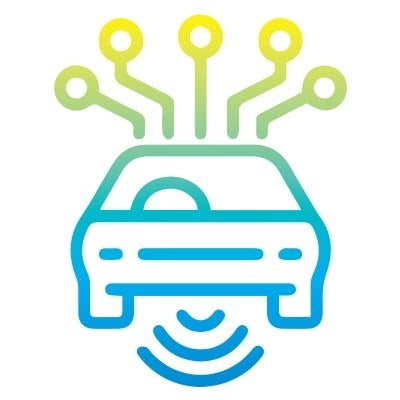
Connecting Autonomous Vehicles

The definition of an autonomous vehicle is one that can drive itself from point A to point B using only in-vehicle technology. The next step will likely be autonomous vehicles that can “talk” to each other via a system that relays information such as destination, speed, or lane changes — receiving real-time feedback about decisions like route changes to avoid traffic.
On one hand, an intelligent connected vehicle system could improve mobility and safety, and reduce congestion and emissions from vehicles stuck in traffic jams. On the other, it will likely add significant complexity to already demanding traffic patterns, making vehicle flow vulnerable to instability.

“The advent of connected vehicles will pose tremendous challenges to the robustness of the traffic management system,” says Sean X. He, assistant professor of civil and environmental engineering. “We have nice dynamic modeling of our current traffic system; however, if we add another layer — that’s the communication layer — it becomes very chaotic. We don’t yet know how to formulate the complex interactions that would occur between the traffic and communication layers.”
Professor He is working on a theoretical framework to model traffic and information systems within a broader connected vehicle system to better understand the interactions between vehicles and infrastructures.
This type of modeling will provide necessary information to other researchers and policymakers as future cyber and physical infrastructure is built and as autonomous vehicle policies are developed.















